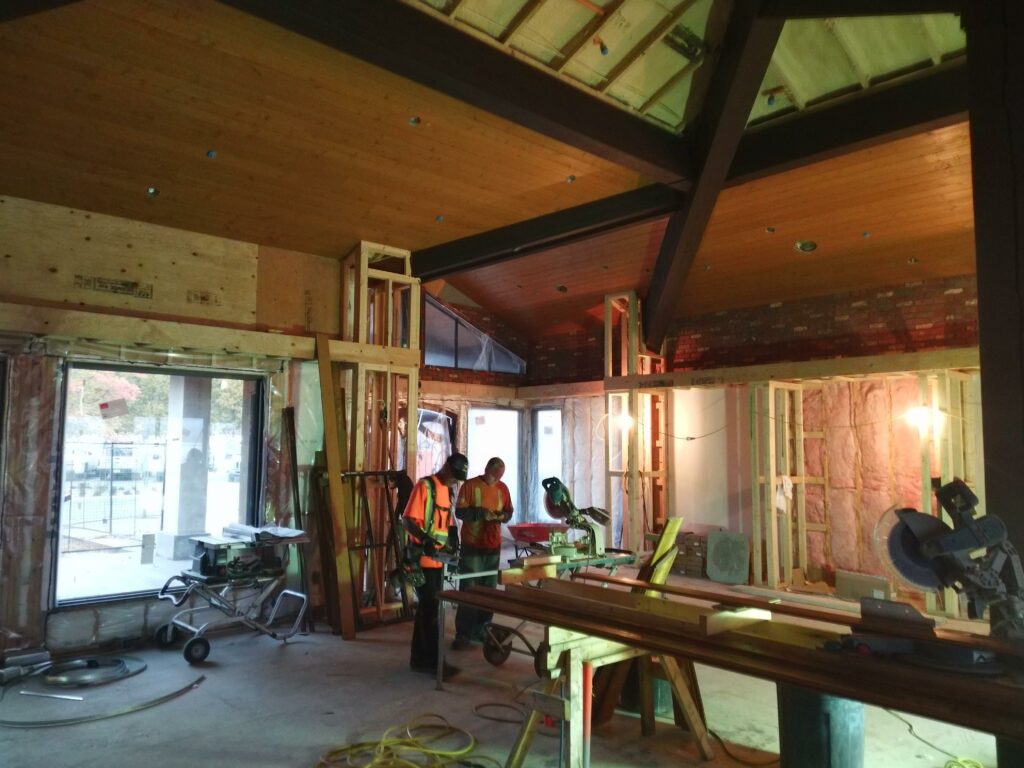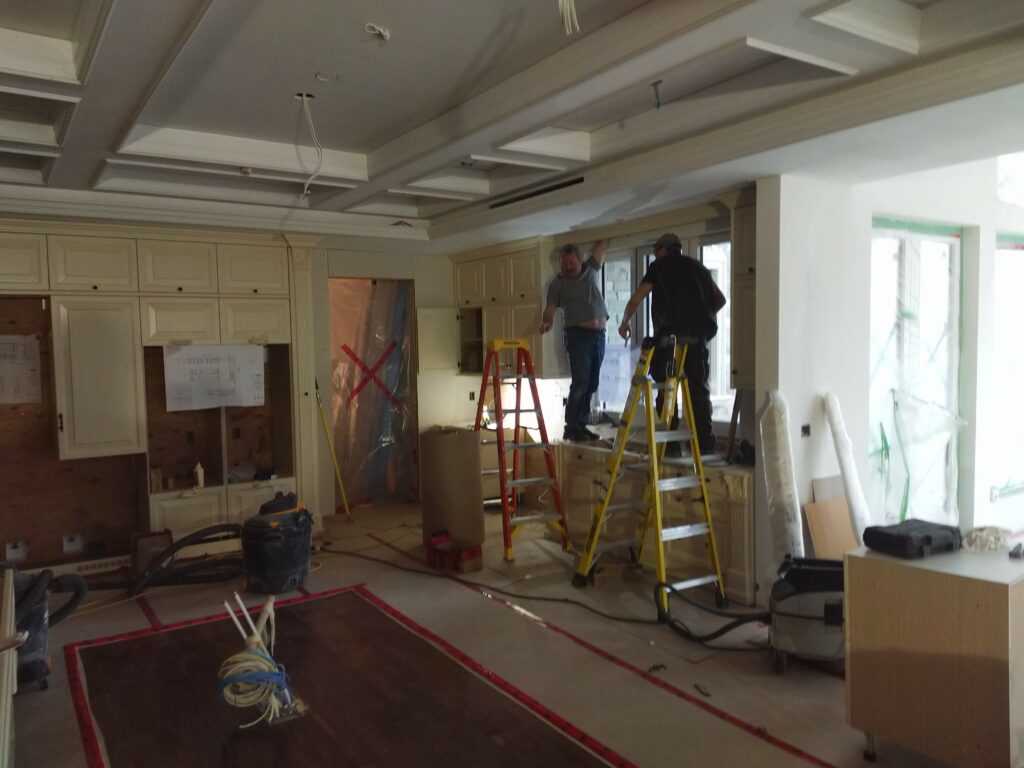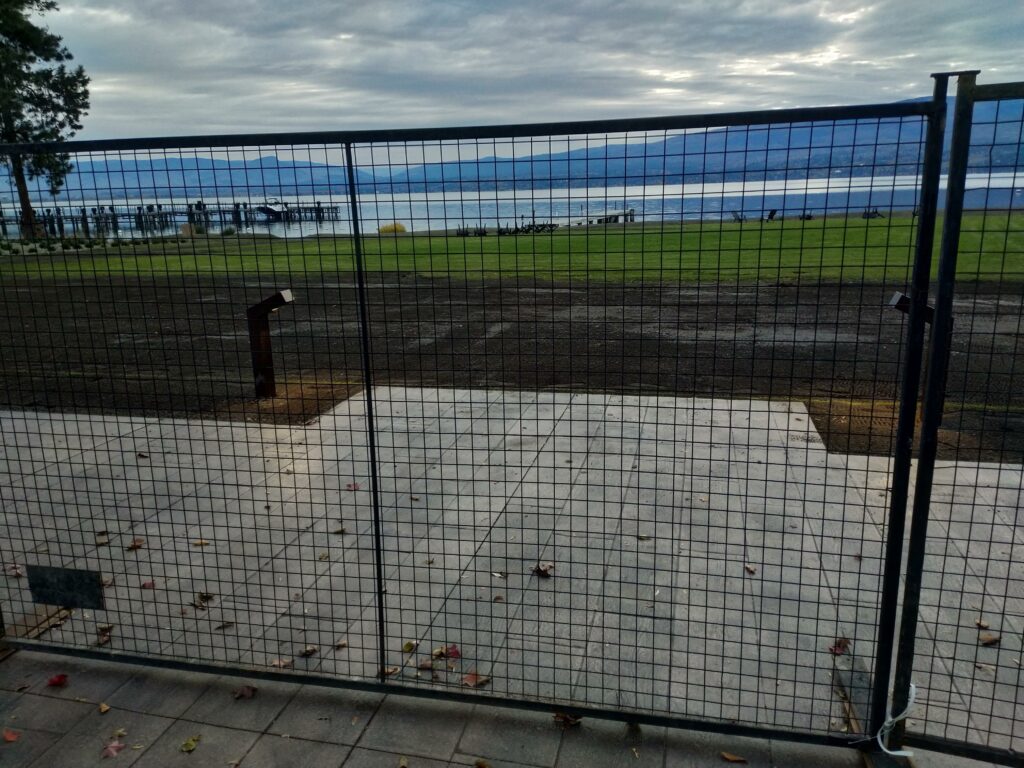New Developments Nearing Completion
Best Time to Finish
We have several projects on the go right now with late Winter or Spring 2020 completion dates. From my experience, the change in a calender year has a huge mental impact on all participants.
We are creatures of cycles and what better time to finish (or start) something new than when the year changes. In my role of the Owner’s Representative or Consulting Engineer, I certainly try to take advantage of the year-end for project closures.
Create a Sense of Urgency
Everyone should know the completion date, or when the Occupancy Permit can be requested. Nothing wrong with the Contractor putting a calendar on the outside wall of the project shack with this date promonently noted. Why not put another calendar inside the building in a high visibility area. Lots of free calendars this time of year by the way.
In the weekly crew meetings be sure that the Contractor mentions days remaining to completion to all assembled.
Quality Now or Never
This is the time to pull out all the stops and make sure that the finishing work meets or exceeds the clients’ expectations. The client will be most affected by the quality of workmanship as this is the last stage of development.
Be sure to personnally attend to the details or have an owner’s reporesntative do it for you.
Many time, a week can go by and an item is installed and it’s too late to change. However if there is a dedication to quality finishes, a daily walk-through is certainly reasonable to ensure the work meets expectation. If it doesn’t, then it’s not too late to remove and replace with a more appropriate finish.
The interior finishes are what owners will see and interact with on a daily basis. There is not so much or no interaction at all by the client with the mechanical, plumbing or electrical systems.
Stop Change Orders
Clients are sometimes their own worst enemy. Clients who can’t (be bothered to) read drawings or specifications or agree on material selection in a timely fashion, end up making continuous changes to the approved plans. They can unwittingly undermine their project schedule resulting in an end date that just creeps further and further away.
With only a couple of months to go to completion, the client needs to bite their tongue and go with the flow. Most changes so close to the end do not matter at all.
A well run project will have 5% to 15% in contingency. Where the client is unfocused, the sky is the limit for change orders as is the schedule.
Concentric Circles
As areas become finished off, an experienced Contractor will seal them off from entry.
Think of concentric circles. The idea is to start closing off the outer rings and advancing towards the ‘bull’s eye’ of project completion. This prevents the rooms from becoming dirty again or used for storage or repurposed for other construction activities. It also limits the crews to a defined area. It is easy to ‘loose’ forces in a wide open construction site. Productivity improves when limits are established.
With this approach we try to put a stop to construction entropy, where work areas expand to fill all available space. Rather, by taking away space, the work becomes more focused.
Punch List
Once the end is in sight, the Contractor creates a punch list.
What is a punch list? It is a list of all the deficiencies, items incomplete, defects and or damages. Every item is assigned to a responsible party as well as when it is scheduled to be completed. The list can be added to or, items completed are removed from it.
The punch list is compiled by the Contractor and developed in cooperation with the designer, architect and engineers… and of course the owner. For smaller projects or renovations, it may be done by only the Contactor and owners or their representative.
Regardless of the size of the project, do not omit this ‘procedural’ step. It’s for everyone’s benefit. We remove verbal commitments and replace them with a ‘live’document.
Client Appreciation Day
Few clients ever think of the workers. After all, it’s the Contractor who pays and rewards them. True enough, but a show of appreciation by the client is always well received. It tells the crew that the client is actively involved in the project and is grateful for the quality of the workmanship. Much better to be seen involved rather than appear distant from the front lines.
As the client or owner of the project, it is always well received, when the client brings in a hearty lunch for the site crew. It doesn’t have to be all that special. A whole lot of Subway sandwiches on a platter with soft drinks goes a long way to making the everyone feel appreciated.
This is especially relevent if the crews have been at the project for months and know the clients by sight.
Commercial Development in West Kelowna (3 months to go)

Residential Development in West Vancouver (3 months to go)


